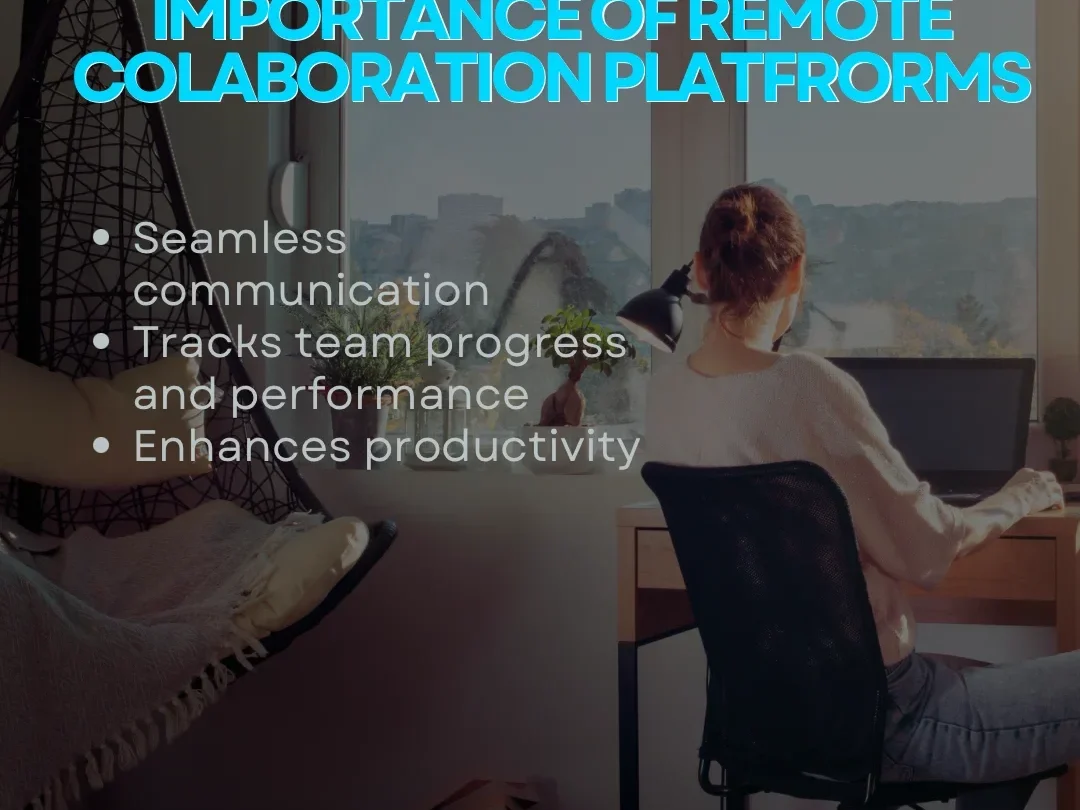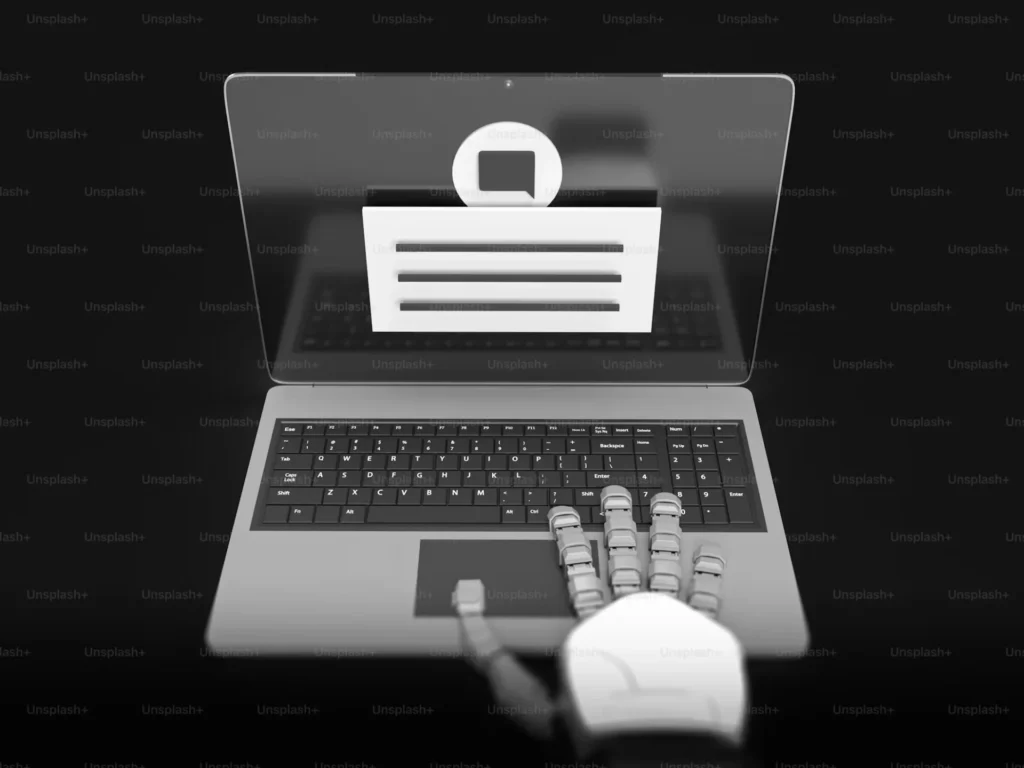Work has dramatically changed, especially with the shift to remote work. Teams no longer need to be in the same room to collaborate effectively. Thanks to several innovations, remote work has become smoother, more efficient, and even more enjoyable.
These innovations have made it easier for team members to communicate, share information, and get work done from anywhere. Let’s take a closer look at some of the key innovations that are changing the face of remote collaboration.
1. Advanced Video Conferencing Features

Video conferencing has become the norm for remote collaboration. Recent updates have made virtual meetings more effective. Features such as real-time transcription, better video, and audio quality, and the use of virtual backgrounds make video calls more interactive and easier to follow.
2. Cloud-Based File Sharing

Yet another thing that collaboration owes to is file sharing. Cloud storage allows for uploading, accessing, and editing documents in real-time with team members anywhere.
No more exchange of files by forwarding emails, so all can work from the latest version. This saves space, streamlines workflows, and smooths collaboration. In addition, it enhances personalized email outreach by allowing teams to easily share tailored content and updates directly with clients or stakeholders.
3. Virtual Whiteboards for Brainstorming
It has become easy for remote-working teams with virtual whiteboards. It is more or less a physical whiteboard used during an office brainstorming session, where team members can visually organize ideas and brainstorm together.
Virtual whiteboards open an avenue for real-time collaboration. It can be easier for teams to map out ideas and plans in an interactive way, very helpful for meetings or brainstorming sessions.

4. Project Management Tools
Project management tools have transformed how remote teams stay organized. In one place, the tools will assign tasks, set deadlines, and monitor how things are getting done.
An easy overview of ongoing projects reduces confusion and makes sure that everyone stays on track. Members of the team can easily check in on the status of a project and can see who is responsible for what, so it is much easier to have multiple tasks simultaneously.
5. Real-Time Document Collaboration

Another major benefit that remote teams enjoy is real-time document collaboration. Team members can work on the same document at the same time this makes the writing, review, and editing process faster and more efficient.
6. Instant Messaging and Chat Platforms
Instant messaging has emerged as an essential tool that enhances interaction among distributed teams. Team members can send quick messages, share files, and even make voice or video calls instantly.
All various conversations get ordered with separate channels while the discussion on specific and focused matters occurs, thereby stopping wasteful waste of time. Communication is maintained within a constant stream, keeping workers connected, especially when they’re working in another location.
7. AI Scheduling Assistants
Coordinating meetings across different time zones can be challenging. However, the process is simple now with the help of AI because the assistants can pick out a convenient time for all to converge.

This eliminates the back-and-forth of scheduling, as digital assistants account for time zone differences and individual preferences. This makes connecting with team members faster and easier.
8. Collaborative Notebooks End
Digital notebooks have proven invaluable for organizing ideas and taking meeting notes. Teams can create, share, and organize their notes in one easily accessible location.
With these tools, Note-taking becomes collaborative as multiple team members can add or update information in real time, ensuring no important details are missed.
9. Online Polls and Surveys for Feedback
Quick gathering of feedback is a must in a remote team so that effective decisions can be made. Online polls and survey tools have now made it simple and organized to gather views from others on how one’s work will be affected.

Whether it is voting for a new idea or getting feedback on some work project, it has enabled teams to make informed decisions without excessive discussion and meetings.
10. Virtual Reality (VR) for Collaboration
Virtual reality (VR) is one of the latest technologies that changes the way remote collaboration works. With VR, teams can meet in virtual environments and interact in a more immersive way than traditional video calls allow.
This makes remote meetings feel closer to in person ones. Although still developing, VR shows great promise in enhancing remote collaboration.
11. Enhanced Security
Remote work has been on the rise, and with that comes the demand for secure communication. The new inventions in security, such as end to end encryption and multi-factor authentication, make it safe for teams to work together online.
The features enhance the protection of sensitive information, allowing team members to work with the assurance that their data is protected from cyberattacks.
12. Voice Assistants for Work Tasks
Voice assistants make remote collaboration much easier. The team can schedule meetings, send messages, or search for documents with voice commands without typing anything. This saves time and lets the member of staff concentrate on pressing issues during hectic working days.
13. Time Zone Management Tools
Managing teams across different time zones is a challenge, but time zone management tools have made scheduling much easier. These tools help teams understand when their colleagues are available, making it easier to set up meetings that work for everyone.
14. Screen Sharing and Remote Desktop Access
Screen sharing is one of the essential features of remote collaboration. It lets members share their screens in real-time, particularly when explaining something or trying to troubleshoot something. Remote desktop access lets members take control of each other’s computers to troubleshoot technical issues or work on something that requires certain software or settings.
15. Cloud-Based Video Editing
Cloud-based video editing platforms have made collaboration easier for teams working on video projects. These tools allow team members to edit videos in real-time, which is very helpful for creative teams working under tight deadlines.

With everyone able to access and contribute to the project at once, it speeds up the editing process and makes it easier to incorporate feedback from multiple people.
Conclusion
The innovations that change remote collaboration enable teams to get closer than ever, regardless of distance. Ranging from improvements in video conferencing features and AI-powered tools to real-time document collaboration, these innovations make communication, productivity, and a sense of community flow.
These innovations will only grow more sophisticated, enabling virtual teams to work even more effectively as remote work continues to rise.
Whether it’s cloud-based file sharing, virtual brainstorming tools, or secure communication platforms, the future of remote collaboration holds promise and guarantees seamless teamwork across the globe. By embracing these tools and innovations, businesses will find an easy way out in this continuously evolving world of remote work.
FAQs
How can I keep my team’s documents well-organized and easily accessible to everyone?
Organize your team’s documents using a digital file system that allows everyone to easily access and store information in one place.
How can I stay connected to team members from different time zones?
Set up meetings and display time zone differences for your team using time zone management tools.
How can I secure a remote meeting?
This will be possible by using video conferencing tools offering encryption and also multi-factor authentication for extra security.











